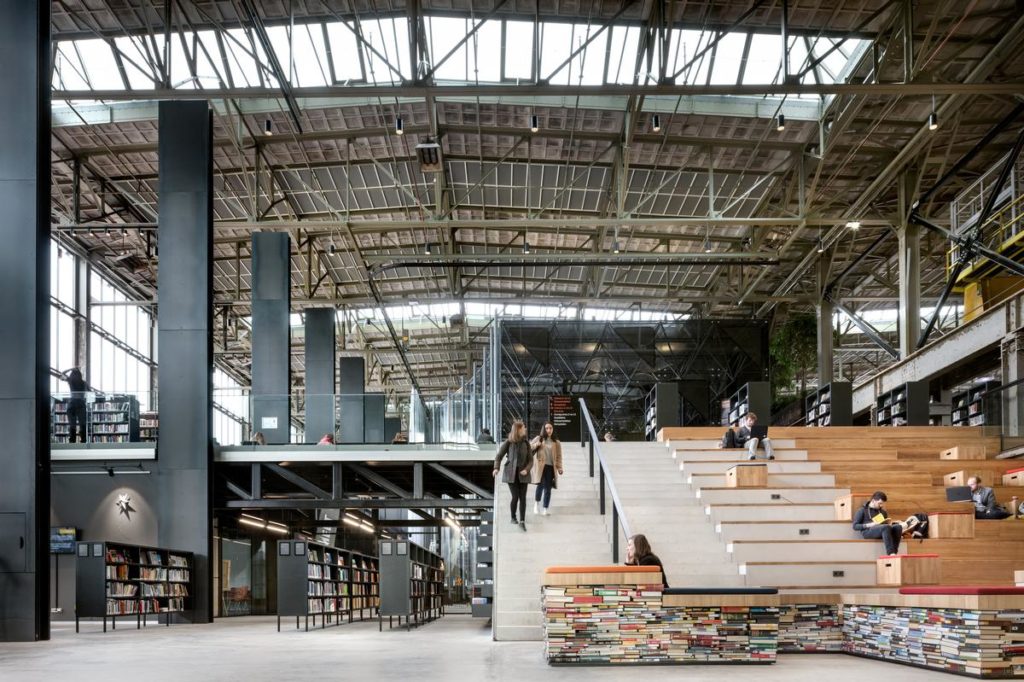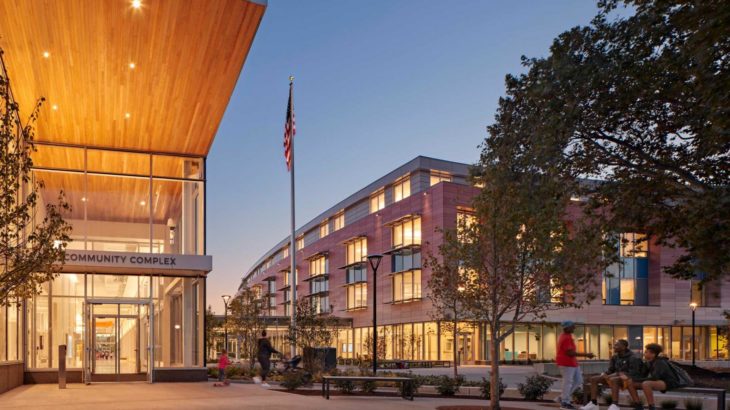When talking about architectural designs, we often think in terms of residential and commercial buildings. Did know that there is a third type? That’s right, civic architecture! While at its core still the concept of designing functional buildings, the demands placed upon civic architecture differ vastly from that of residential or commercial architecture. Let’s have a deeper look:
First of all, what type of buildings do civic architects design?
As the name implies, civic architects deal solely with public buildings like civic centers – a network of buildings or spaces that provide essential services to a town or city. This includes everything from government offices and public gathering spots to information booths and memorials. Since civic centers need to be geared towards very specific needs of the community, designs can vary dramatically in scope, size and overall appearance.
Before work can begin, the planning stage for a civic center can be a long, arduous process, as the planners will need to weigh up the short-term issues of construction against the long-term benefits to the community – a process that can get dragged out with differing political agendas and the scrutiny that comes from spending taxpayers’ money.
During this planning stage, decision makers will meet with an experienced architectural firm like Ewers Architecture and hold meetings for both sides to discuss operational needs while also considering budget, timelines, public safety and the strict federal, state, and local building regulations they must adhere to in design amongst other things. Once a consensus has been reached, work can begin.

We’ve spoken at length about the planning process, but let’s now look at the most common design tactics that experienced architects will employ to ensure the creation of an appealing and highly functional civic center that will reflect the diversity and values of the community it will serve.
- Functional Designs
Civic centers are meant to be multi-purpose and serve a large number of people, and must therefore operate efficiently while considering the needs of the community, the staff and also respect city, state and local regulations. It is essential that the civic center be designed to accommodate various facilities, such as conference rooms and after-school program areas, as well as easily maintained. An experienced architect will be forward-thinking and design solutions that are not only adapted to current requirements, but also anticipate future needs.
- Effective Layouts
An important aspect of civic center architecture design is designing a layout that makes it easy for visitors to navigate at their leisure, while making sure that internal staff can be efficient. Crafty architects will often design the center around frequently used spaces like information centers, multi-purpose halls and cafeterias to ensure easy flow of foot traffic, while tucking more specific purpose spaces like license and permit offices out of the way. They will also incorporate wide corridors that can handle wheelchairs, motorized scooters and visitors with service animals, frequent rest-spots and many other design tricks that make life easier for all.
- Sustainable and Safe
A major concern for planners and civic architects is ensuring that the buildings are sustainable. With the advent of LEED and zero-impact goals across the world, it is important for architects to design around the principles of energy-conservation, sustainable development and cost-efficiency. You will notice that many civic centers these days use solutions like natural lighting, solar panels and native landscaping to drive costs down and improve the center’s carbon footprint.
Another concern is safety. Since civic centers are designed for public use, a high emphasis needs to be placed on preventing injury to visitors, ensuring quick evacuation routes in case of fire or flooding, and also being prepared in case of violence. This is why canny architects will ensure clear lines of sight for security personnel by using open layouts and incorporate features like bulletproof glass and steel-paneled doors into their design.
Did you find this article informative? Are you interested in a career in civic architecture, or have further questions about the field? Leave a message in the comments below about what you’d like to hear about next!



















